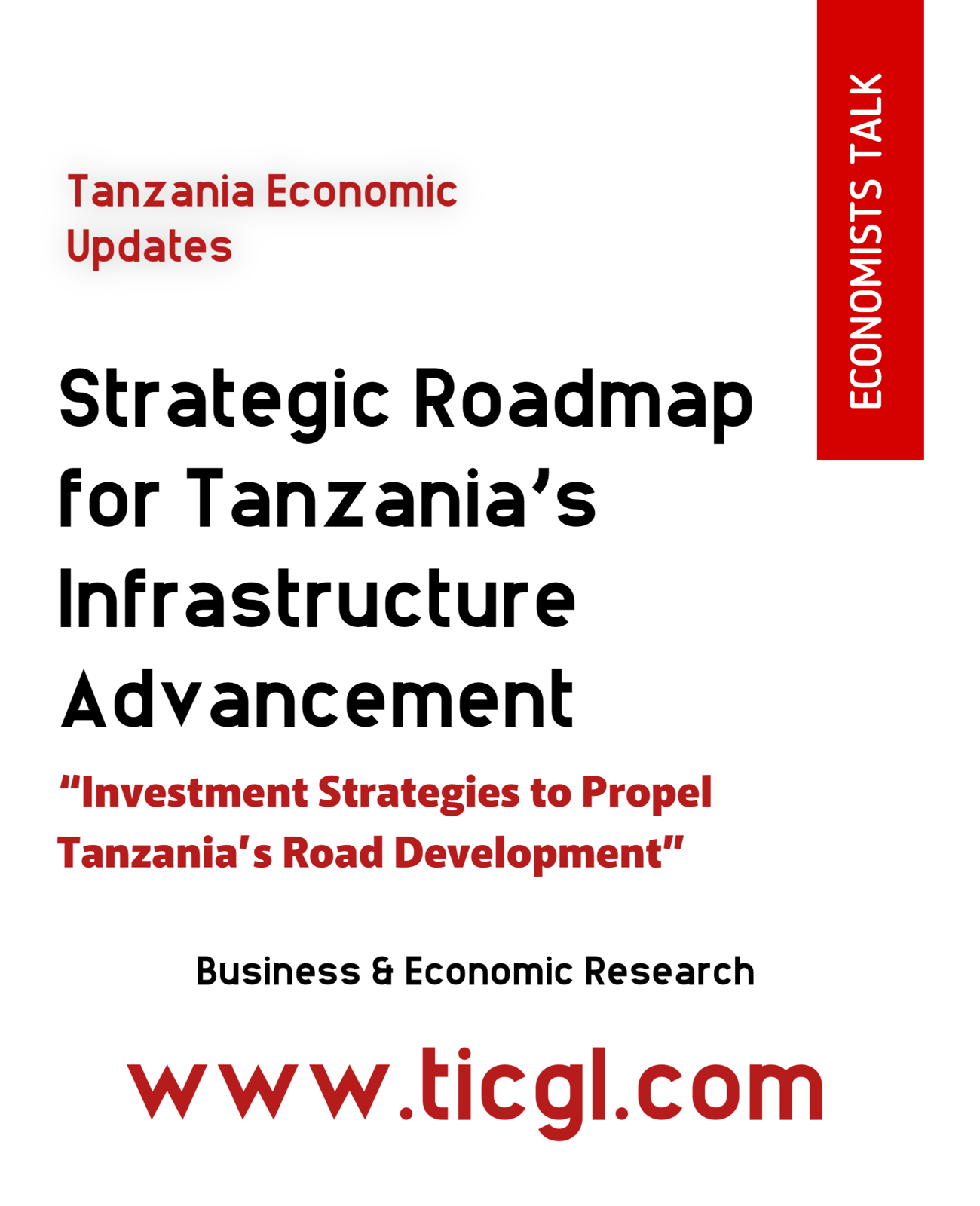
Investment Strategies to Propel Tanzania's Road Development
Despite boasting one of Africa's lengthiest road networks, stretching an impressive 86,472 km across the expansive 947,300 square kilometers of East Africa's largest country, Tanzania is conspicuously absent from the list of top-performing countries in the continent.
Tanzania's extensive road network comprises 12,786 km of trunk roads, 21,105 km of regional roads, and an additional 52,581 km of district, urban, and feeder roads. However, even with this substantial infrastructure, the country fails to secure a spot among the top ten nations in Africa known for having superior road systems.
Leading the pack in terms of the best roads in Africa are South Africa, Namibia, Morocco, Botswana, Libya, Algeria, Zimbabwe, and Egypt, according to a list provided by the International Monetary Fund. Good roads have evolved into a symbol of a nation's dedication to progress, providing smoother travel experiences for both citizens and visitors.
The World Bank aptly describes roads as the arteries through which an economy pulses. They serve to connect producers with markets, facilitate workers' commutes to their jobs, enable students to reach schools, and even transport the sick to hospitals. In the global pursuit of growth, roads stand out as critical infrastructure.
In the African context, many countries are investing substantially in their road networks, recognizing the pivotal role of well-developed roads in fostering economic growth, job creation, and interconnected communities. Beyond mere physical connectivity, high-quality roads are symbolic of a nation's steadfast commitment to advancement.
According to a report by the International Monetary Fund, which assesses road quality and mean speed scores across more than 160 countries, some African nations demonstrate commendable performance in road infrastructure. The IMF utilizes a unique measure, the Mean Speed (MS) score, derived from Google Maps data, as an effective proxy for evaluating road quality and accessibility. Notably, this score correlates significantly with existing metrics such as the World Bank's Rural Access Index and the World Economic Forum's Quality of Road Infrastructure score.
Tanzania can work towards building a reliable and efficient road infrastructure that not only facilitates economic activities but also enhances the overall quality of life for its citizens.
Tanzania should consider implementing a comprehensive strategy that addresses various aspects of road planning, construction, and maintenance:
Investment in Infrastructure:
Allocate sufficient financial resources to road infrastructure projects, ensuring consistent funding for construction, maintenance, and improvement.
Strategic Planning:
Develop a long-term, strategic plan for road development that prioritizes key routes based on economic significance, connectivity, and population density.
Maintenance Programs:
Implement regular and proactive maintenance programs to preserve the quality of existing roads, preventing deterioration and reducing the need for costly repairs.
Quality Construction Standards:
Enforce and adhere to high-quality construction standards to ensure that roads are durable and can withstand heavy traffic and diverse weather conditions.
Public-Private Partnerships (PPPs):
Explore partnerships with the private sector for financing, construction, and maintenance of roads. PPPs can bring in additional resources and expertise.
Technology Integration:
Incorporate modern technology in road construction and maintenance, such as using advanced materials, intelligent transportation systems, and data-driven analytics for efficient management.
Community Engagement:
Involve local communities in the planning process to ensure that road projects align with their needs and priorities. This can foster a sense of ownership and cooperation.
Capacity Building:
Invest in training and capacity building for local professionals involved in road construction and maintenance to enhance skills and efficiency.
Environmental Considerations:
Factor in environmental sustainability in road projects, considering eco-friendly construction methods and minimizing the ecological impact of infrastructure development.
Road Safety Measures:
Prioritize road safety initiatives, including the construction of pedestrian-friendly infrastructure, road signage, and measures to reduce accidents and fatalities.
Integration with Other Sectors:
Ensure coordination with other sectors such as transportation, trade, and urban planning to create a holistic approach to infrastructure development that supports overall economic growth.
Monitoring and Evaluation:
Establish robust monitoring and evaluation mechanisms to assess the effectiveness of road projects, identify areas for improvement, and track the impact on social and economic development.